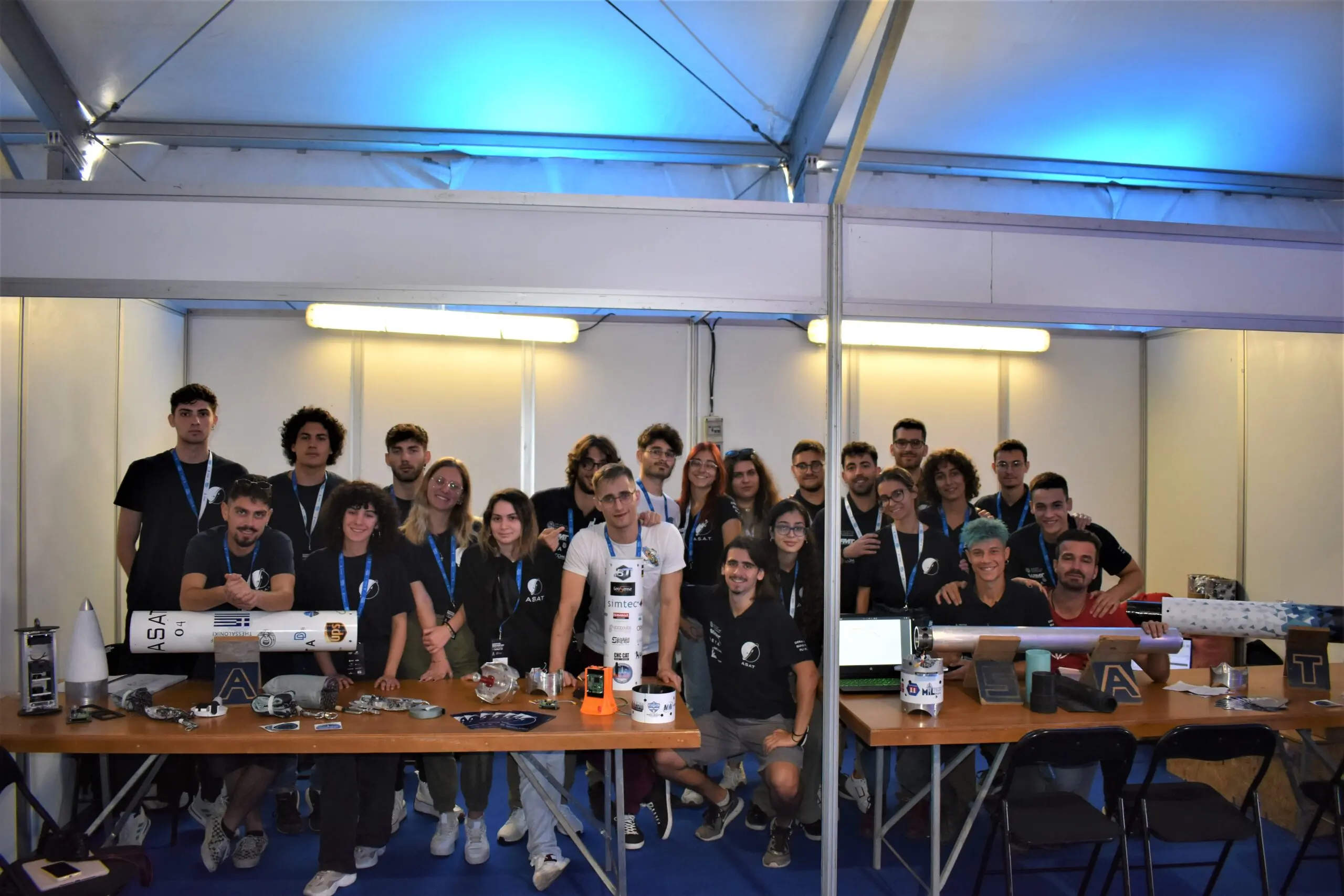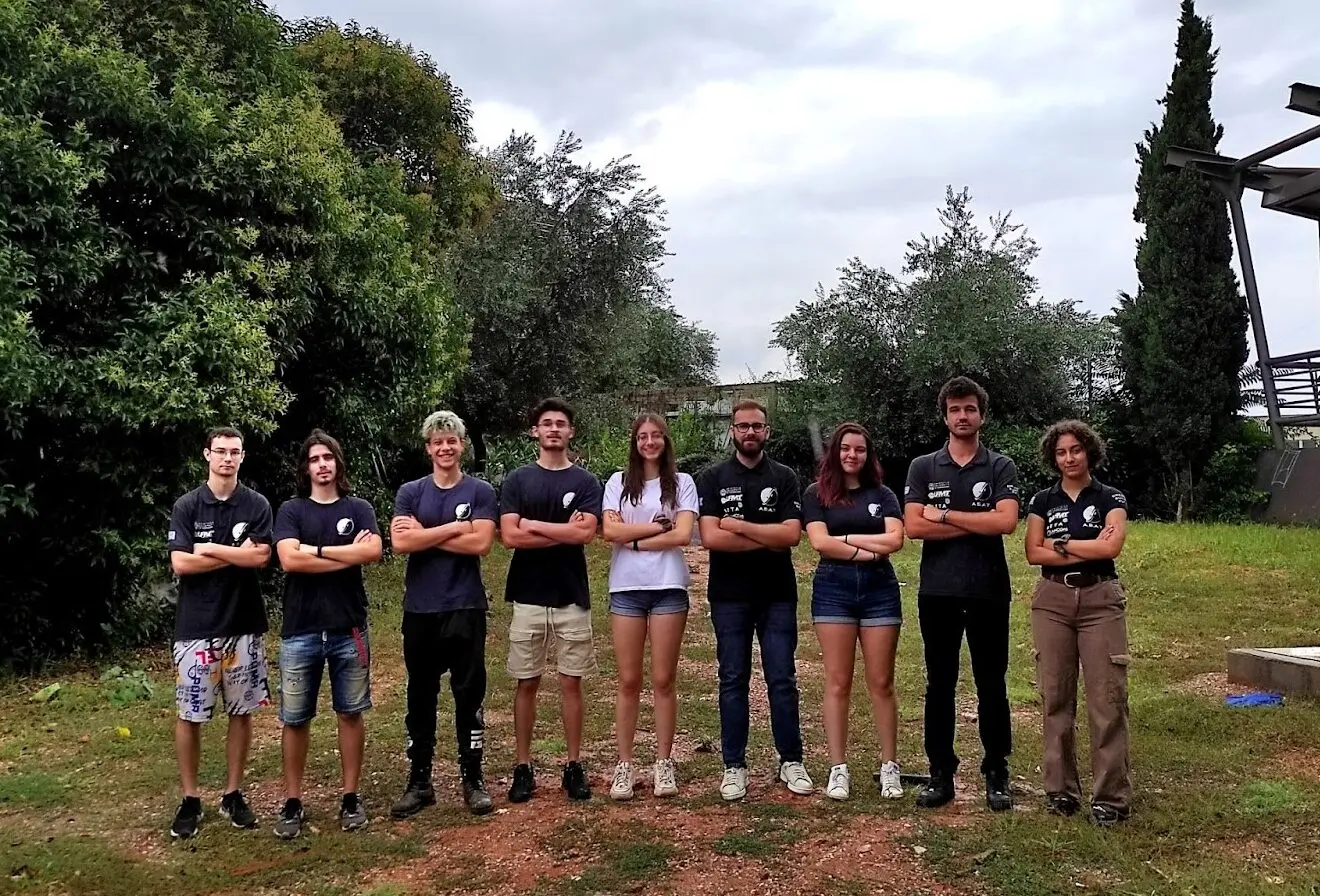Avionics Subsystem
The Avionics subsystem is responsible for implementing four different tasks. Their initial remit is Avionics bay, where the flight computer is located. Following is the GPS bay, whose job is to find the location where the rocket has landed with GPS’ module help. The Ignition Box is another responsibility of the subsystem and it’s the one, which gives the signal to launch the rocket. The last stage holds the Ground Station, a system located next to the rocket operator during launch and controls the whole operation.

In detail, Avionics bay contains the Flight Computer. The Flight Computer reads the data from the sensors (accelerometer barometer) and stores it in two separate memories (Flash memory and SD memory card). In addition, when the rocket reaches apogee, it triggers the Drogue parachute and then waits for the right time to open the Main parachute. This computer is designed and programmed by the members in the subsystem. In particular, the members designed the PCB and then soldered the necessary components on it, such as the microcontroller, sensors and memories. For the sensors, custom libraries were created.

As far as the GPS bay is concerned, it is the system that sends the rocket’s landing coordinates to the Ground Station after the touchdown. This is achieved with a combination of a GPS module (which is responsible for the determination of the exact coordinates by collecting data from four or more satellites) and of a LoRa module (which is responsible for the long range transmission of the data).
The Ignition Box is also important for the proper and effective operation of the rocket. This box is located near the rocket during launch and triggers the igniter which is inside the motor when the signal from the Ground Station is received. The Ignition Box board is also made by the Avionics members just like the Flight Computer, except that instead of sensors it has a LoRa module to send and receive messages from and to the Ground Station.

Finally, the Ground Station as mentioned above is a system that sends confirmation for the launch and receives the location of the rocket, after touchdown. It consists of a LoRa module and a USB to Serial module. The Ground Station has a two way communication, one with the Ignition Box (both receiving and transmitting) and another with the GPS Bay (receiving data). LoRa module receives and sends data to and from the Ignition Box and GPS bay. Accordingly, the USB module takes over the communication between the LoRa module and a Laptop that is the third and last piece of Ground Station.





